June 27, 2018
Oatmeal & Gardens: A Growing Fascination
 by Alison Tweedie, Doodle Bugs! Education Specialist
by Alison Tweedie, Doodle Bugs! Education Specialist
Children have an intense interest in growing. Their curiosity shows up early, often with a realization of “Hey, I’m growing!” and a slightly skewed understanding of the process.
My oldest son recently took a bite of his oatmeal and told me that oatmeal makes him grow bigger. He proceeded to climb down from his seat and look over the table. He seemed to notice that he could see just as far over the table as he could before breakfast, and remarked, “I need to eat more oatmeal to grow bigger.” He repeated this process after each spoonful that morning, checking his growth over, and over, and over.
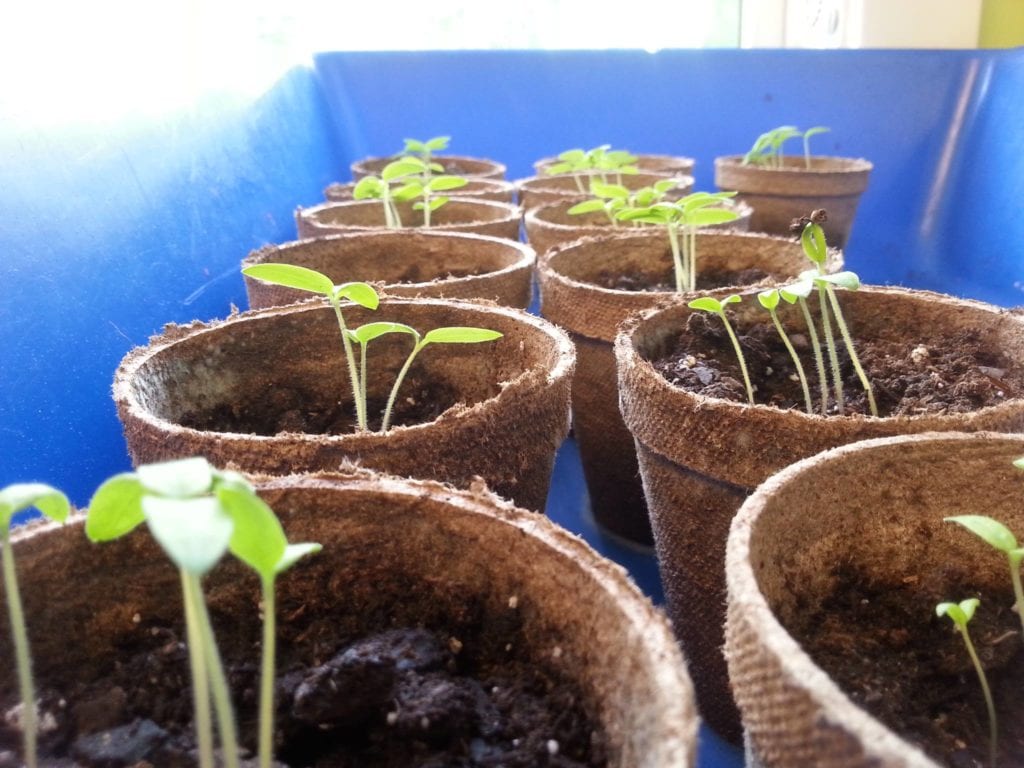
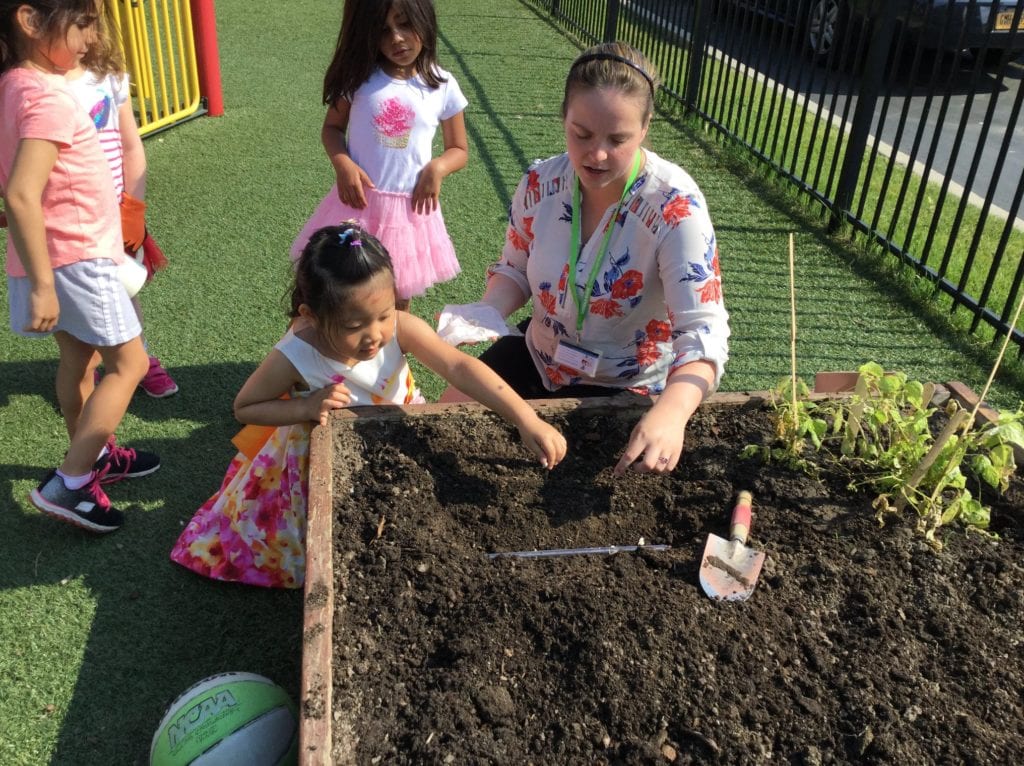
I’m not quite sure how my thoughts wandered from oatmeal to plants, but I quickly realized that gardening is a practical way to support this new interest in growth and growing. Planting a garden and observing it together over the growing season offers a hands-on opportunity to see growth up close.
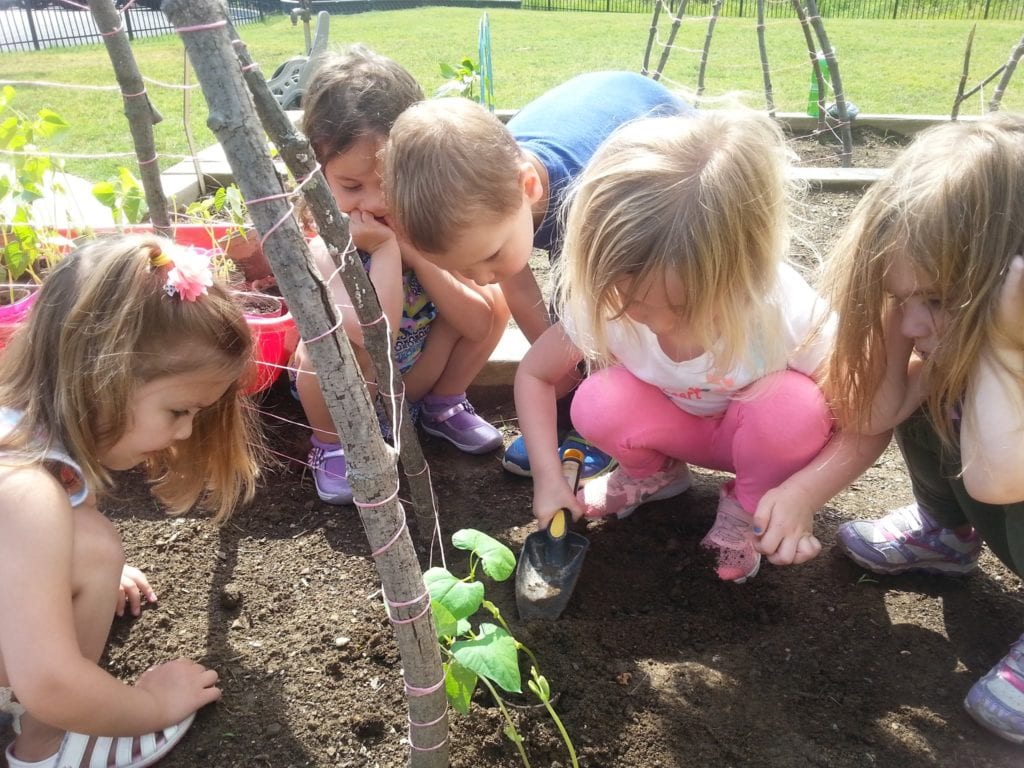
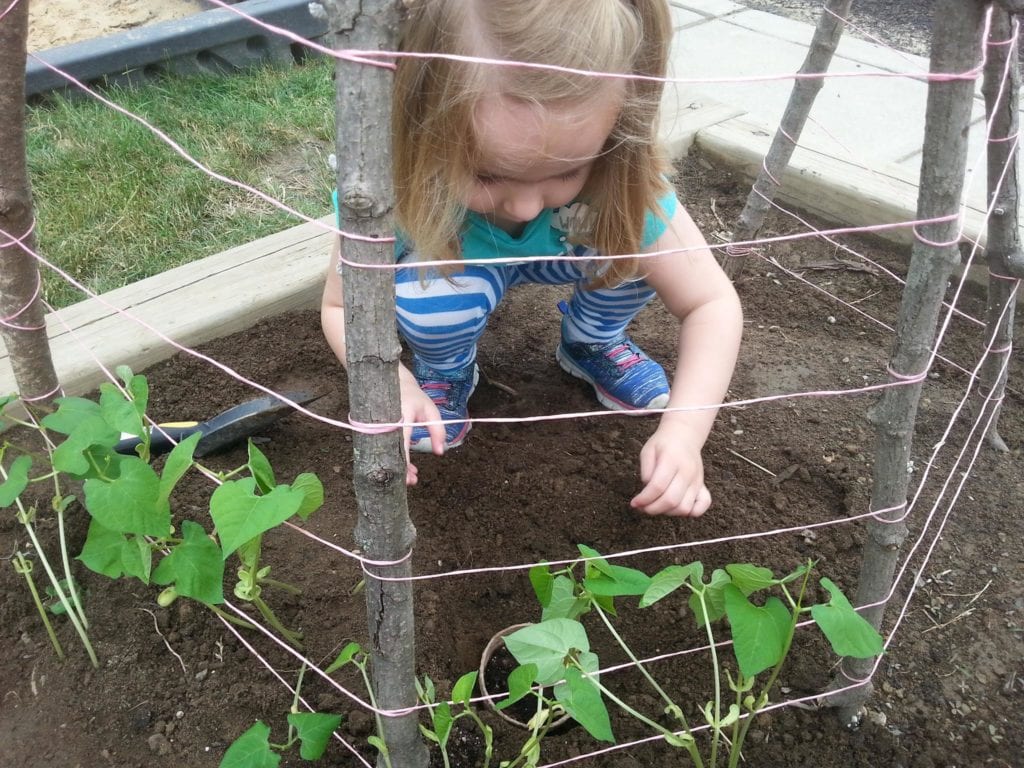
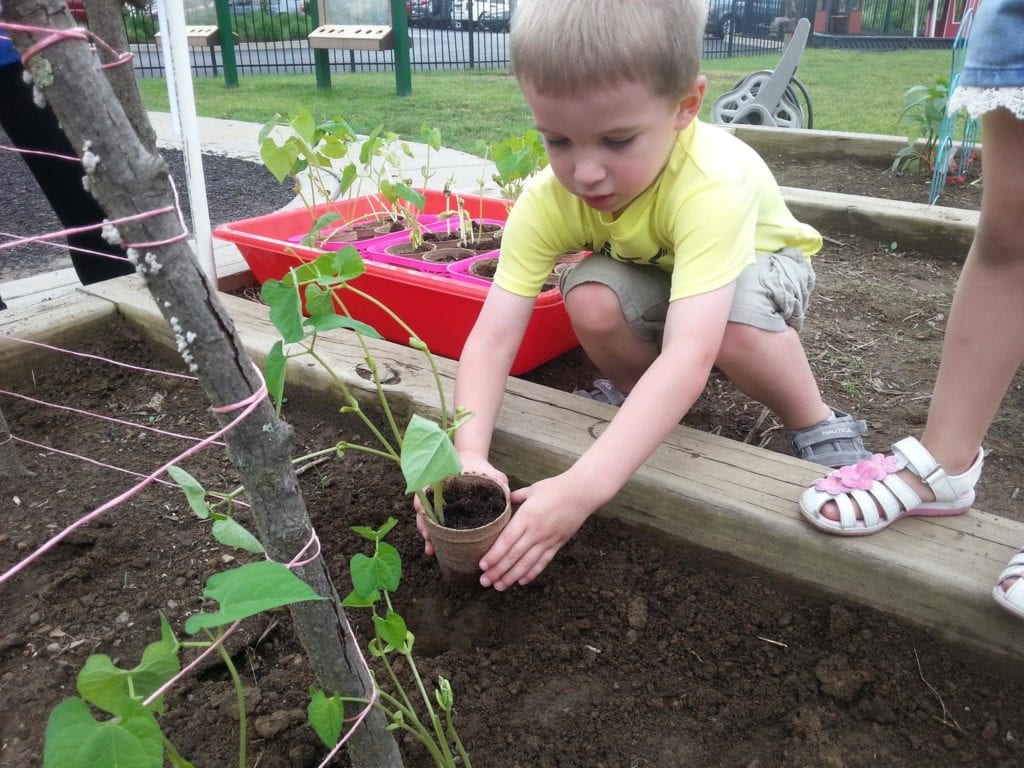
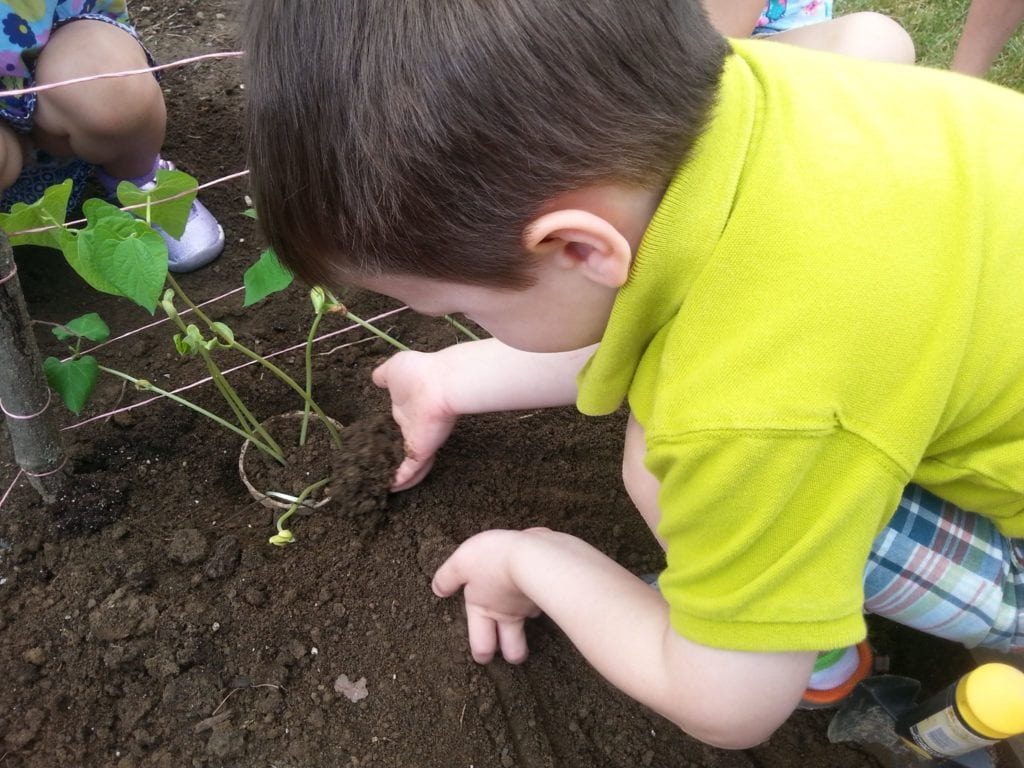
At Doodle Bugs! Children’s Learning Academy, where my son is a student and I support learning as a member of the Education Team, our educational program brings gardening into the classroom and onto the playground. Children have a front row seat; they watch as teeny, tiny seeds sprout from their soil-covered slumber and climb towards the sun. When the time is right, classes bring their sprouts and more seeds outside to the center garden boxes with the support of their center Garden Leader. Throughout the summer, classes work collaboratively to water, weed, observe, and engage in play around the garden – the foundations are laid for hands-on learning and growing!
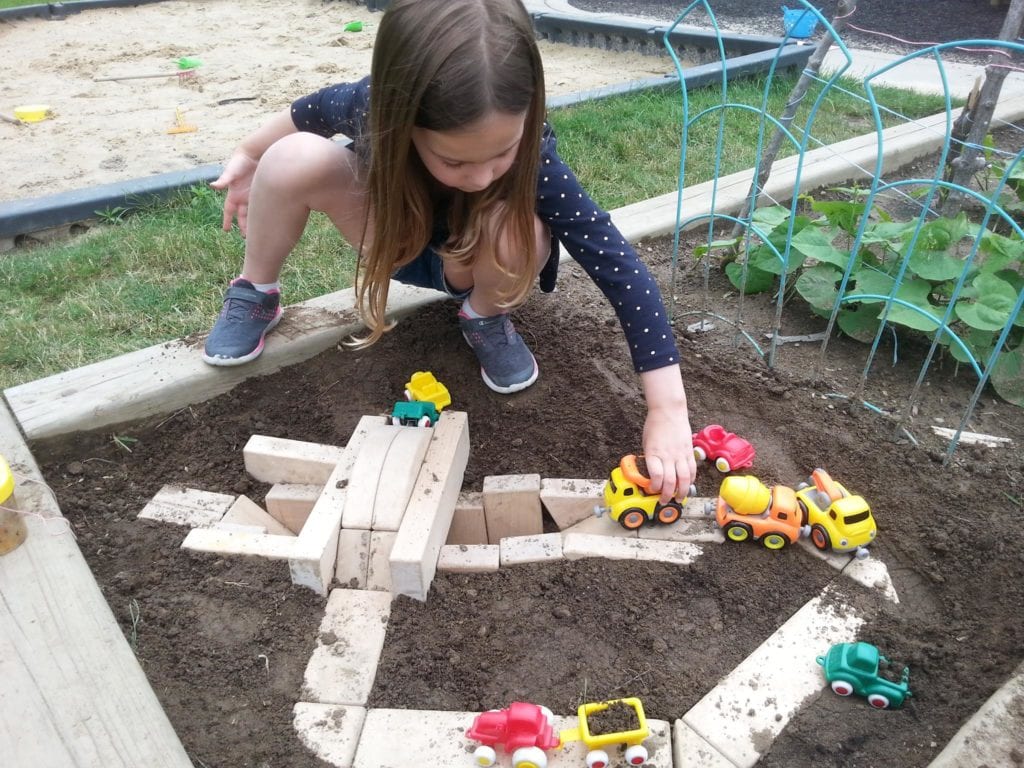
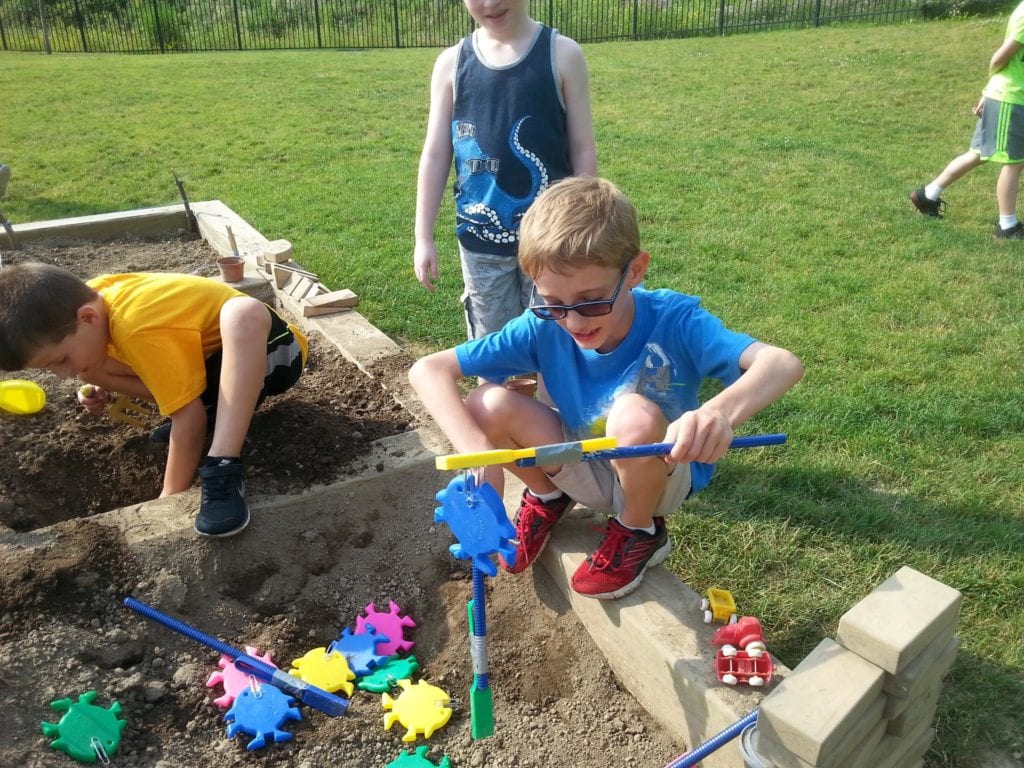
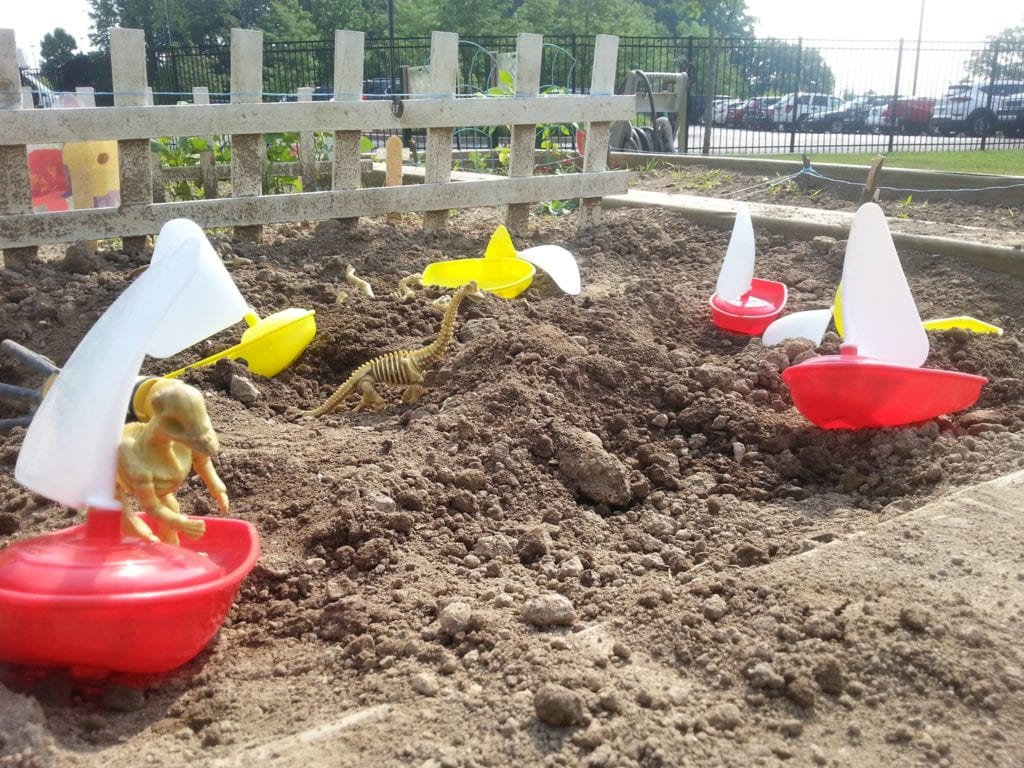
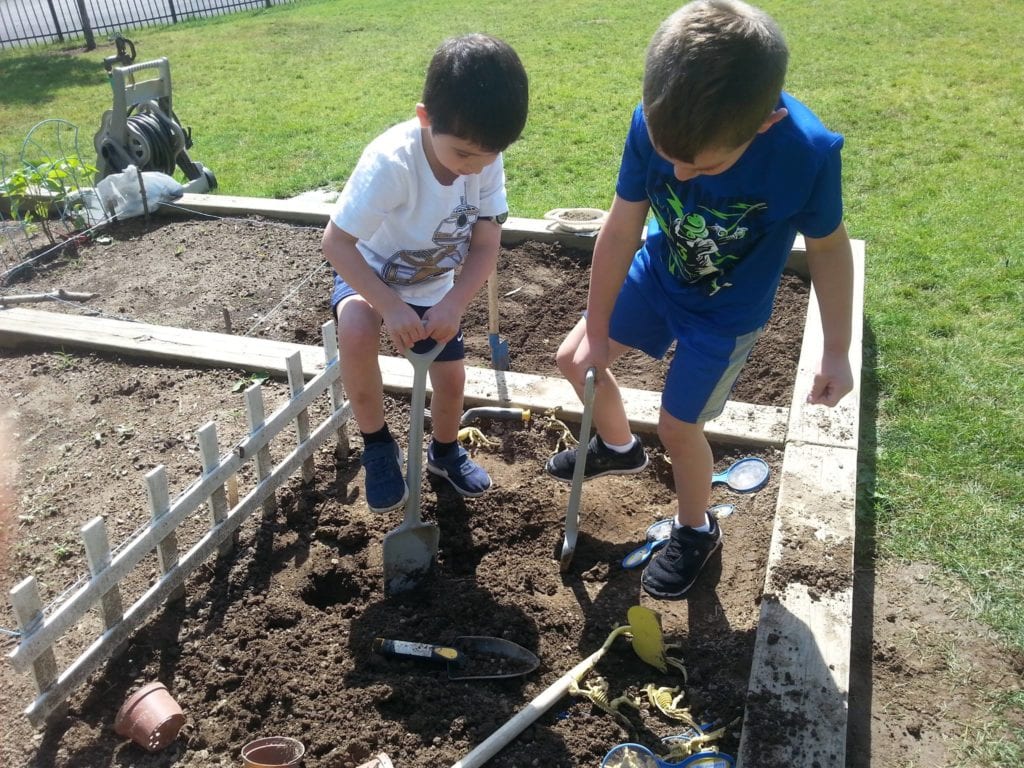
Growing plants together builds natural math, science, sensory, and language skills. Children learn how to care for another living thing by watering, weeding, and ensuring appropriate sunlight and soil level. A creative caregiver can insert lessons about kindness and empathy by encouraging children to sing, read, do some yoga poses, or dance as they care for the plants. Through observation and conversation, children add words like bud, blossom, bloom, and edible to their vocabularies. Most importantly, children make connections between the care they provide to help plants grow and what they themselves need to grow bigger.
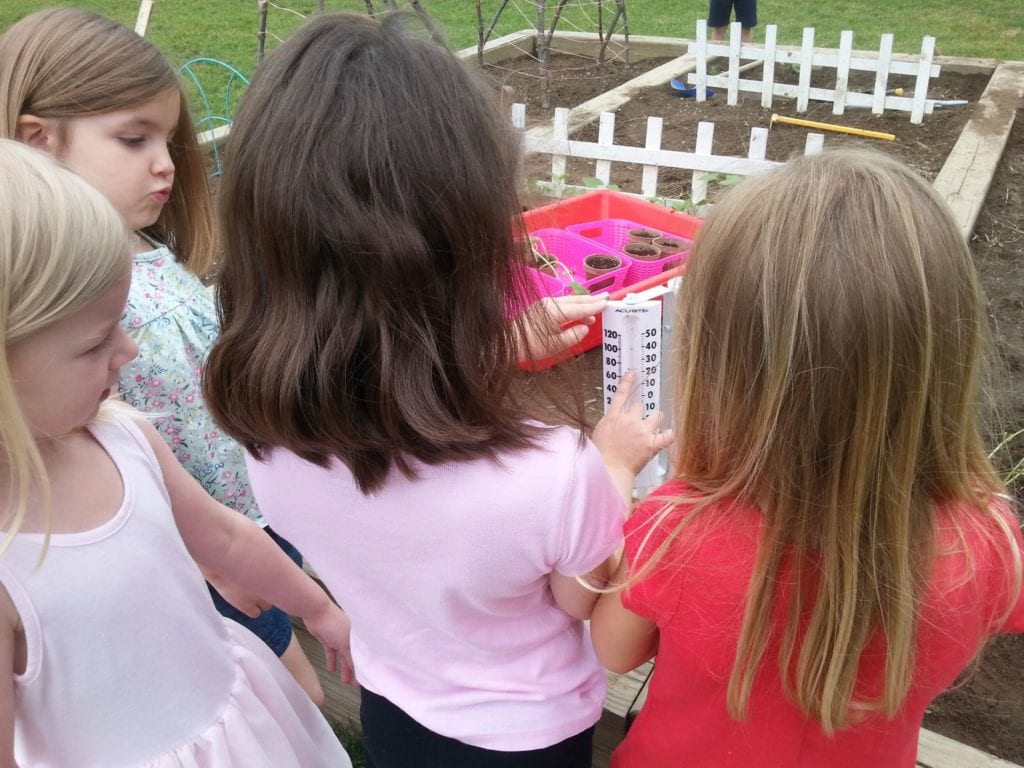
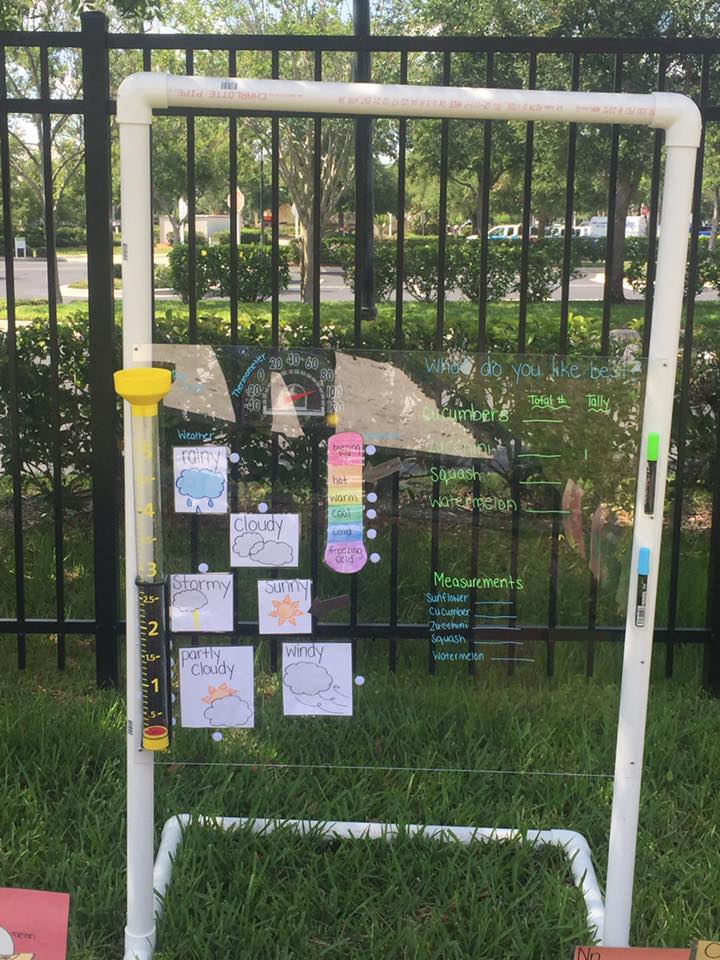
Children’s involvement in the gardens this year has been truly moving. It’s natural to want a certain aesthetic for the garden or to worry that “success” will not be possible if the children are touching the plants, but when we come back to the question of “Why are we gardening?” we are reminded of the beauty that’s inherent to a process of hard work and patience. In fact, a plant that does not thrive can become one of the most meaningful opportunities for learning because it invites problem solving and builds resilience.
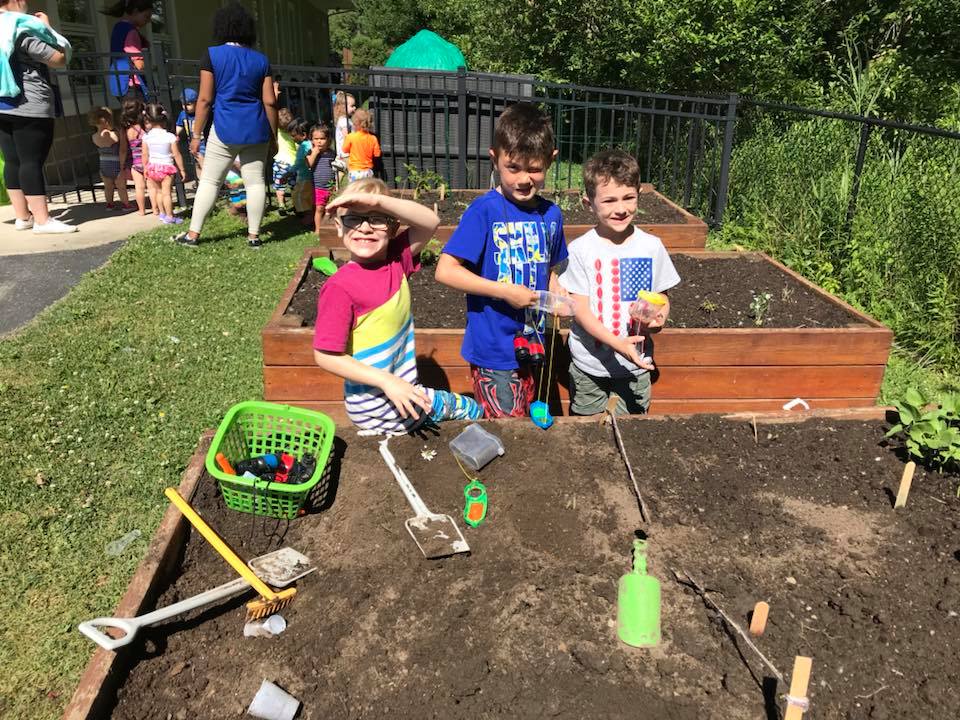
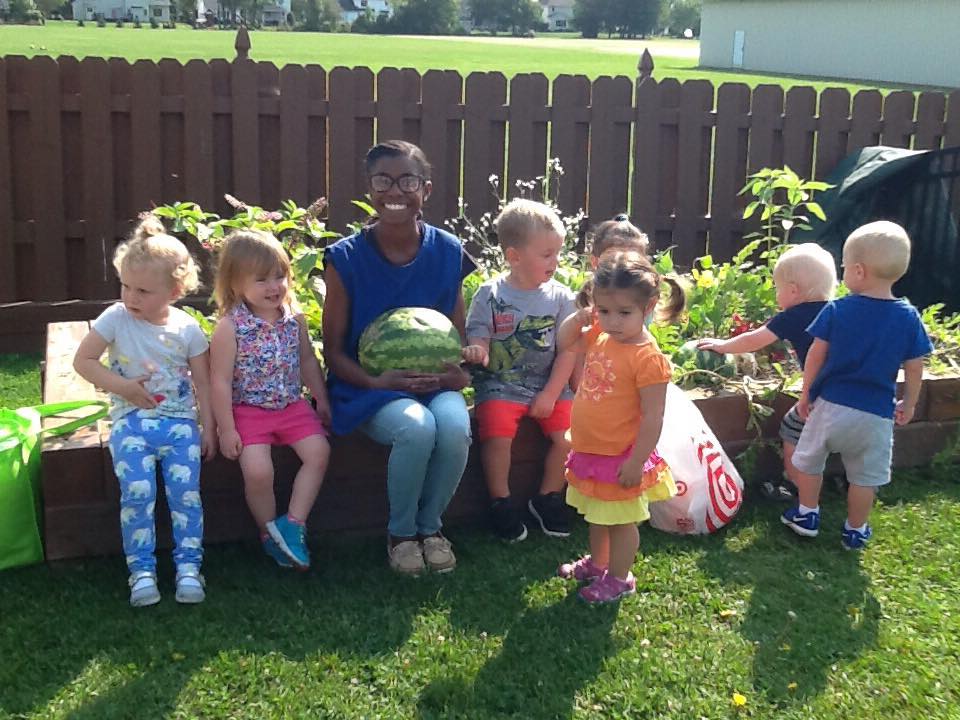
We may not have intended the blossom of the watermelon plant to be plucked yet, but through the kind, patient guidance of an understanding teacher, a child can learn that a blossom will grow into something tasty if we can practice some patience and self-restraint. Similarly, adults don’t see the immediate results of reading to children, but research shows that the act of reading to a child is the single most important factor in predicting their future success in school and life.
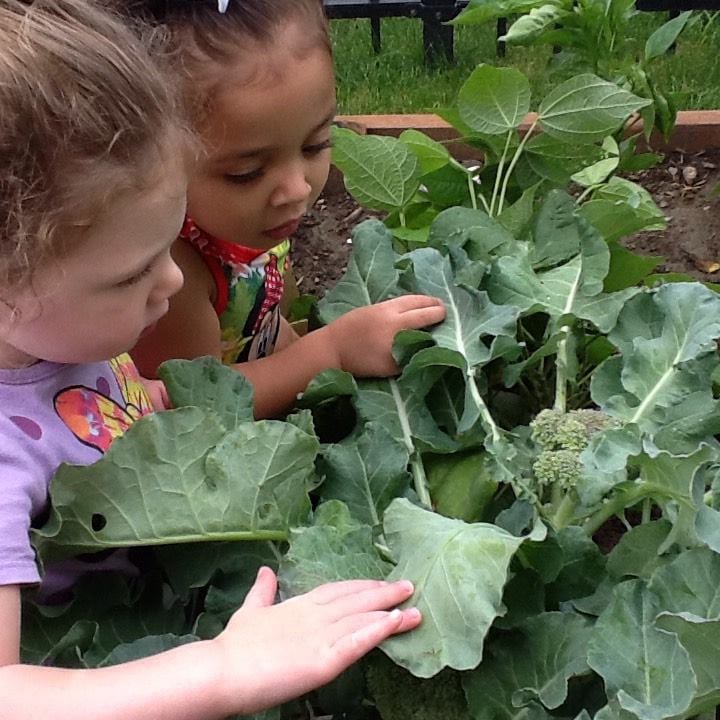
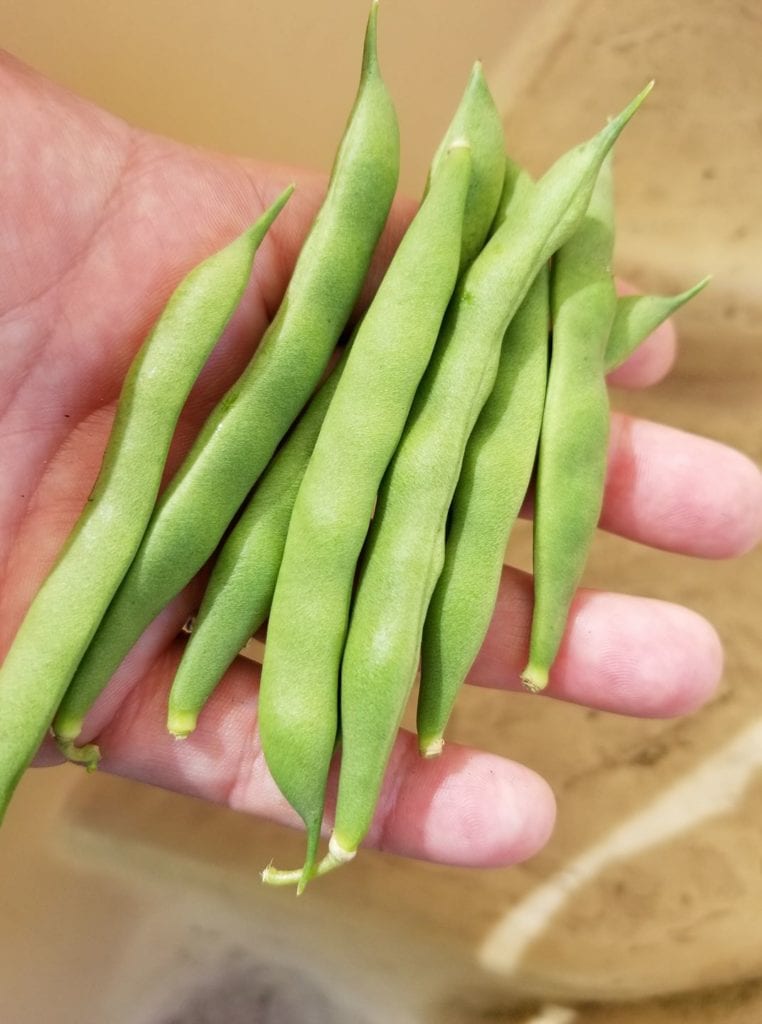
Likewise, my son will not see the immediate results of each bite of oatmeal, but he will see the results of making healthy choices over time. Growth is a process — in the garden, in development, and in life — and the process thrives on repetition and hands-on experiences.
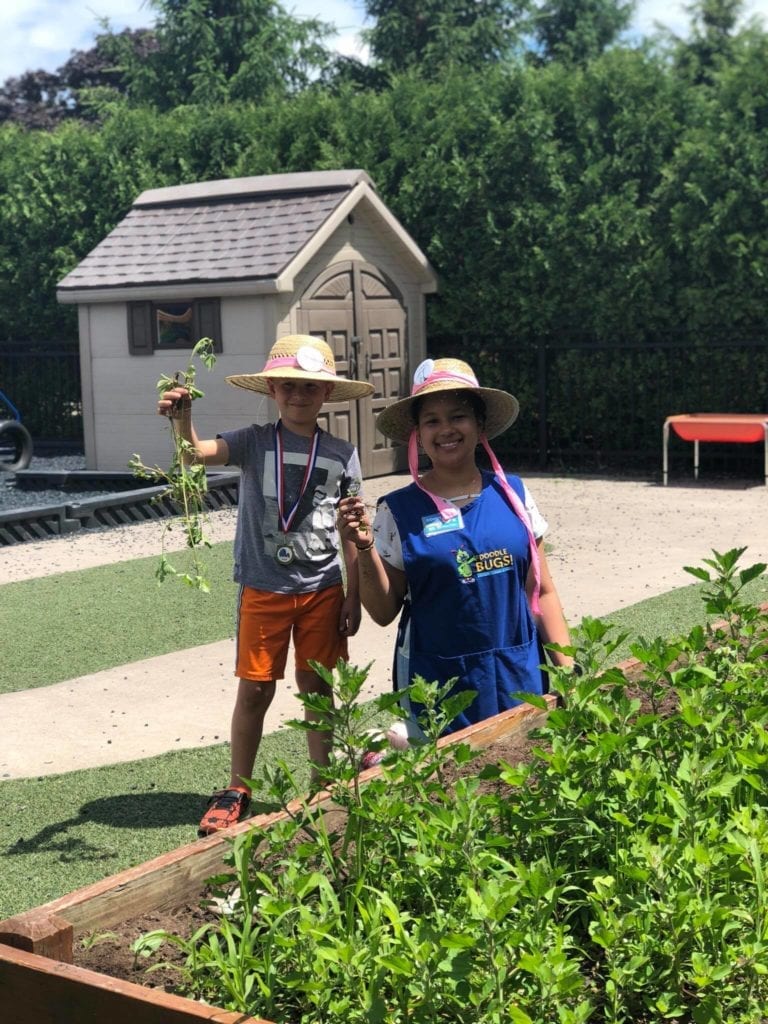
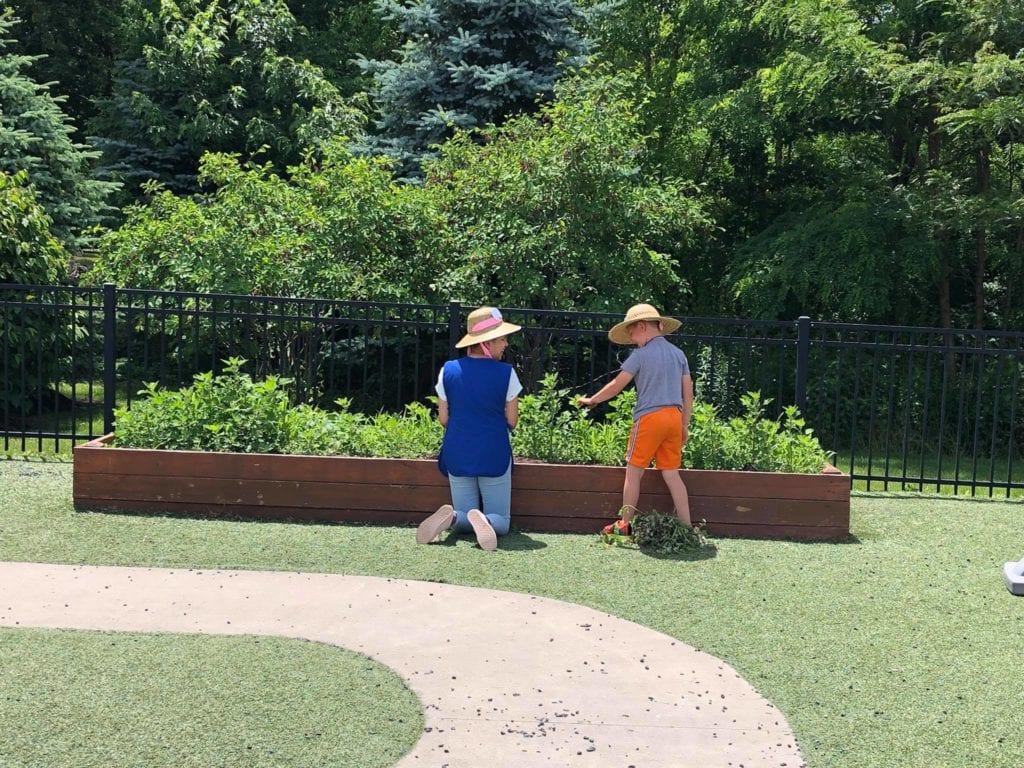
Special thanks to all of our Garden Leaders for the time, sweat, energy, and investment you have made-in the physical garden space and in the children who are learning from the garden environment you have lovingly established. Plant smiles, grow laughter, harvest love- and may the worms be plenty!

 1.866.668.5111
1.866.668.5111  6:30 am - 6:00 pm
6:30 am - 6:00 pm 
 Give a Happy High Five!
Give a Happy High Five!


